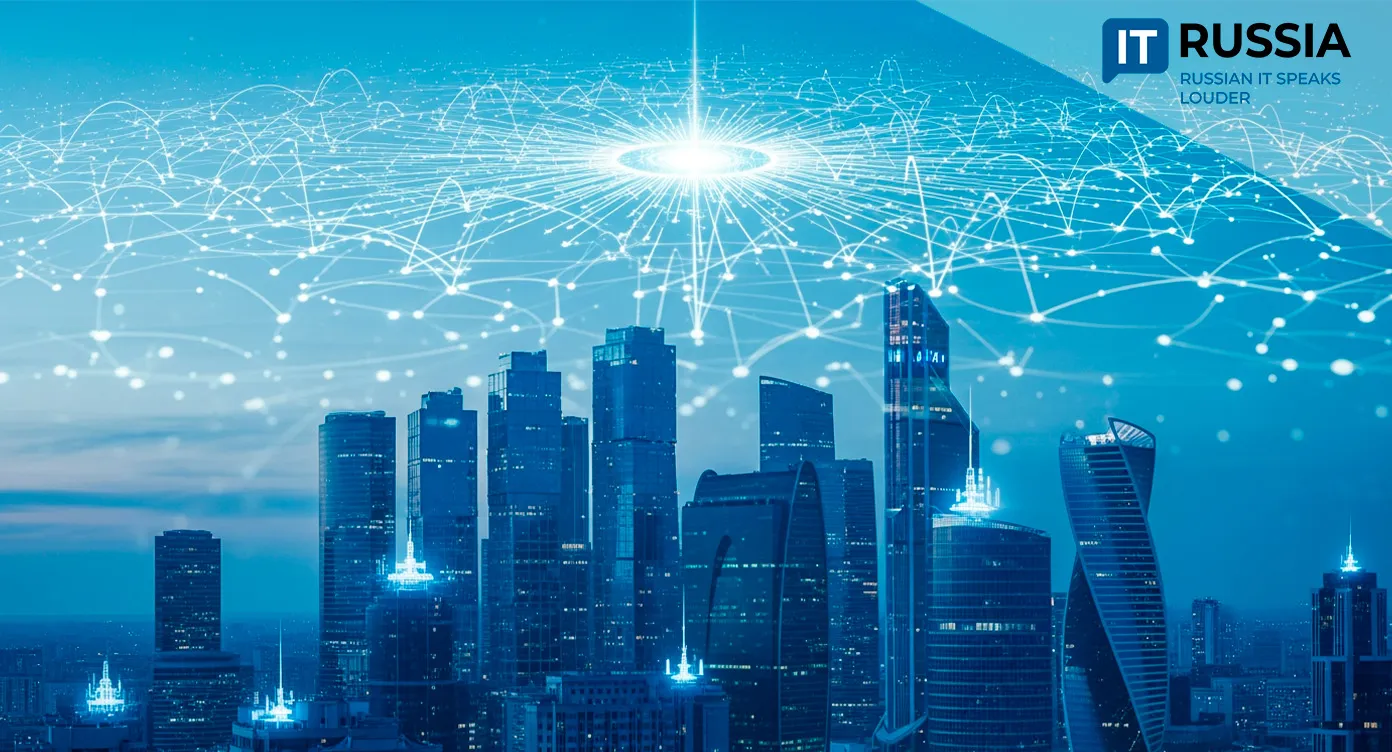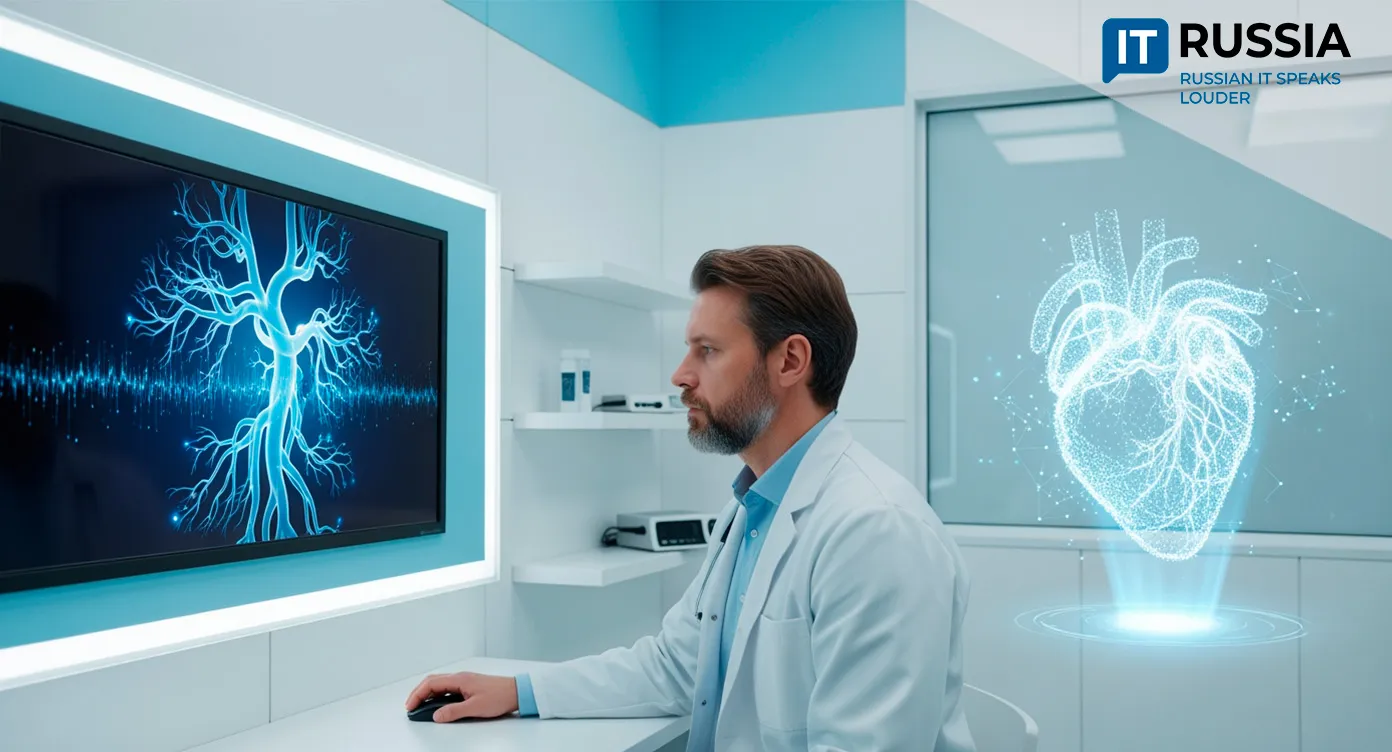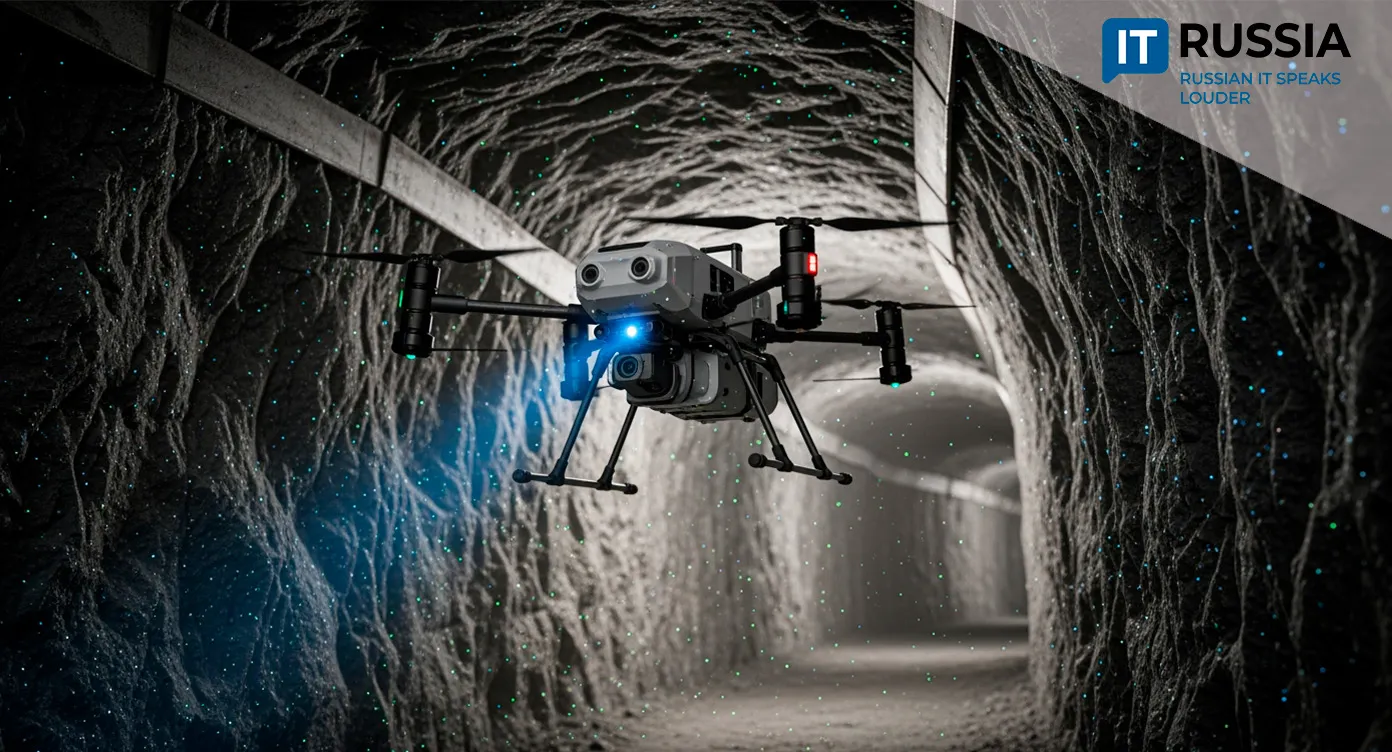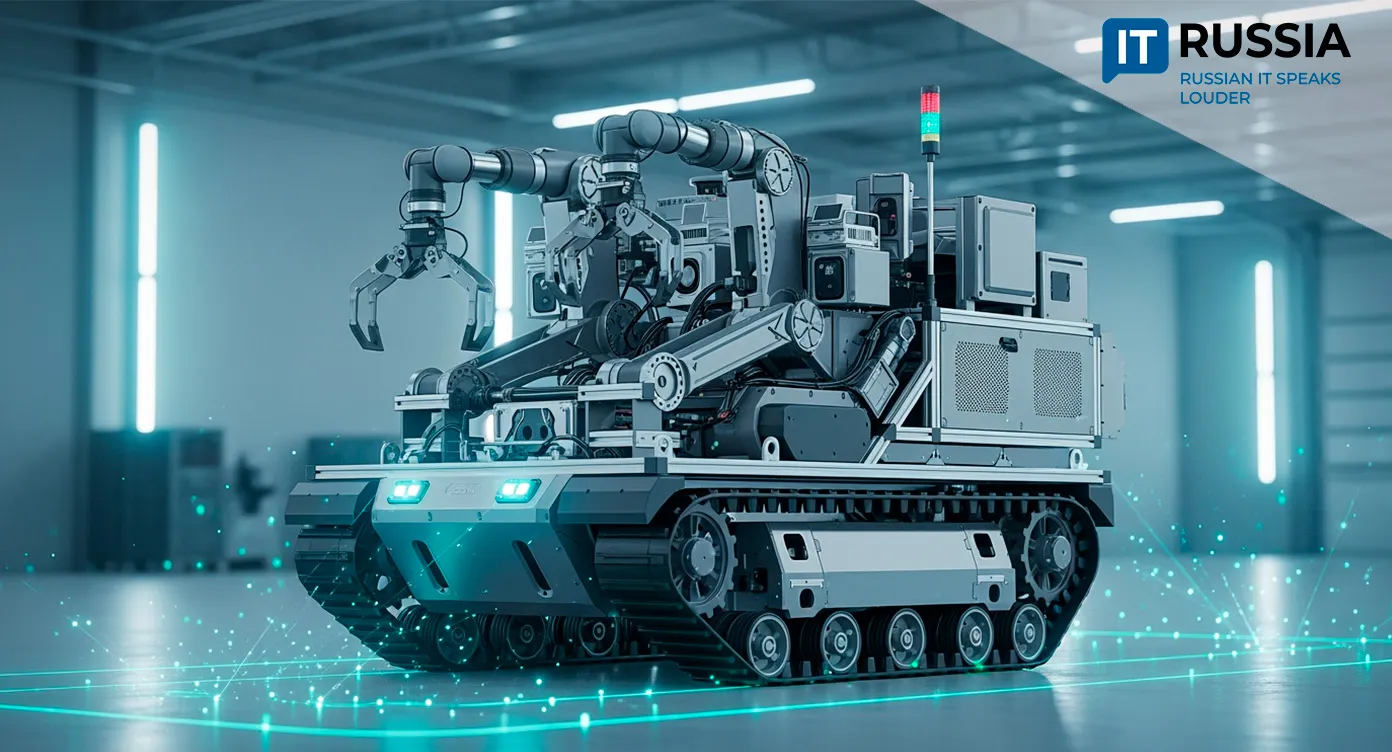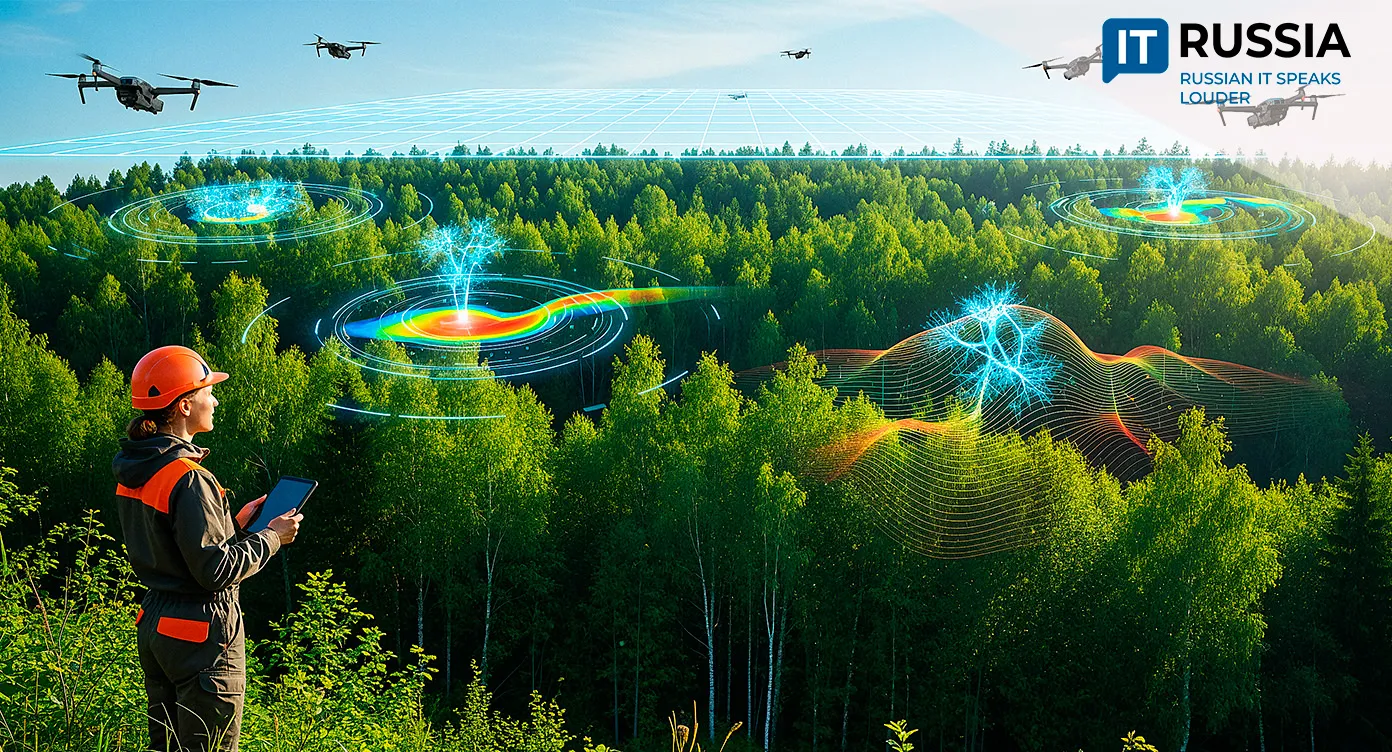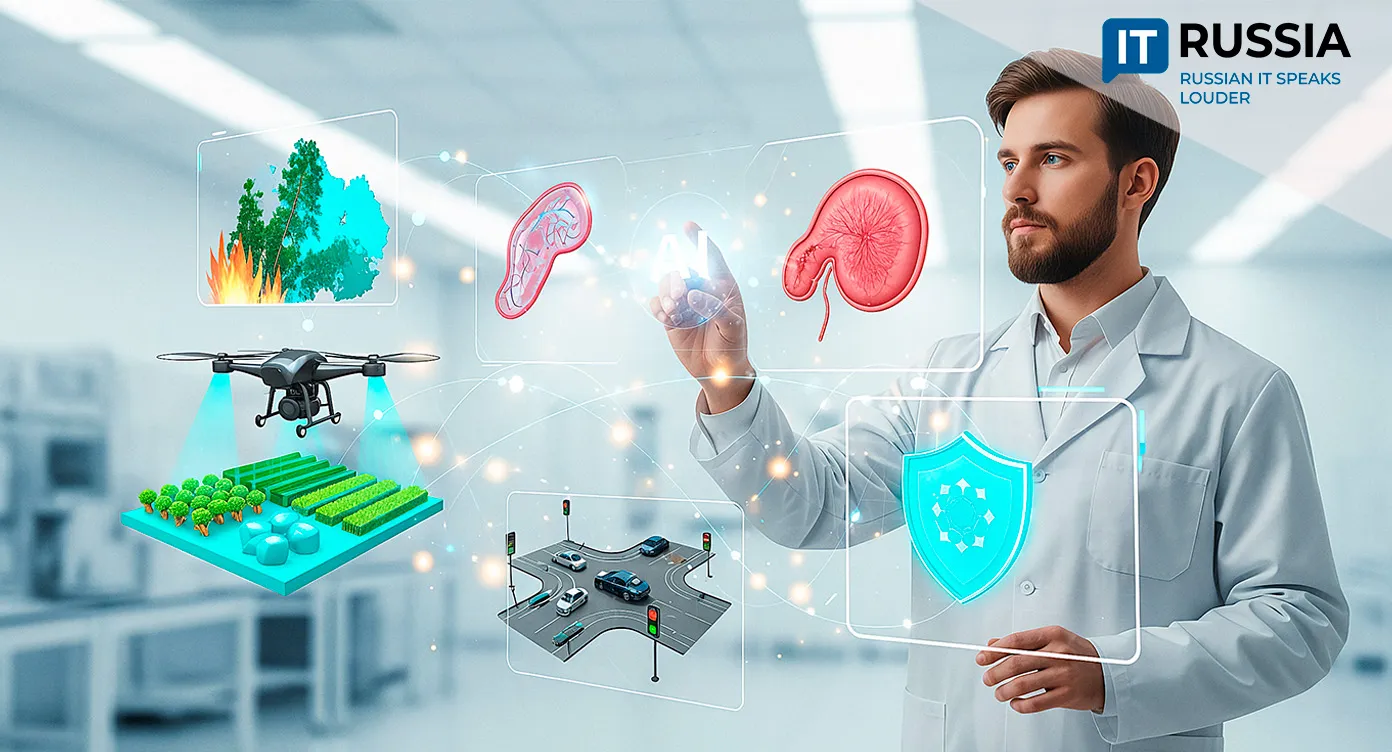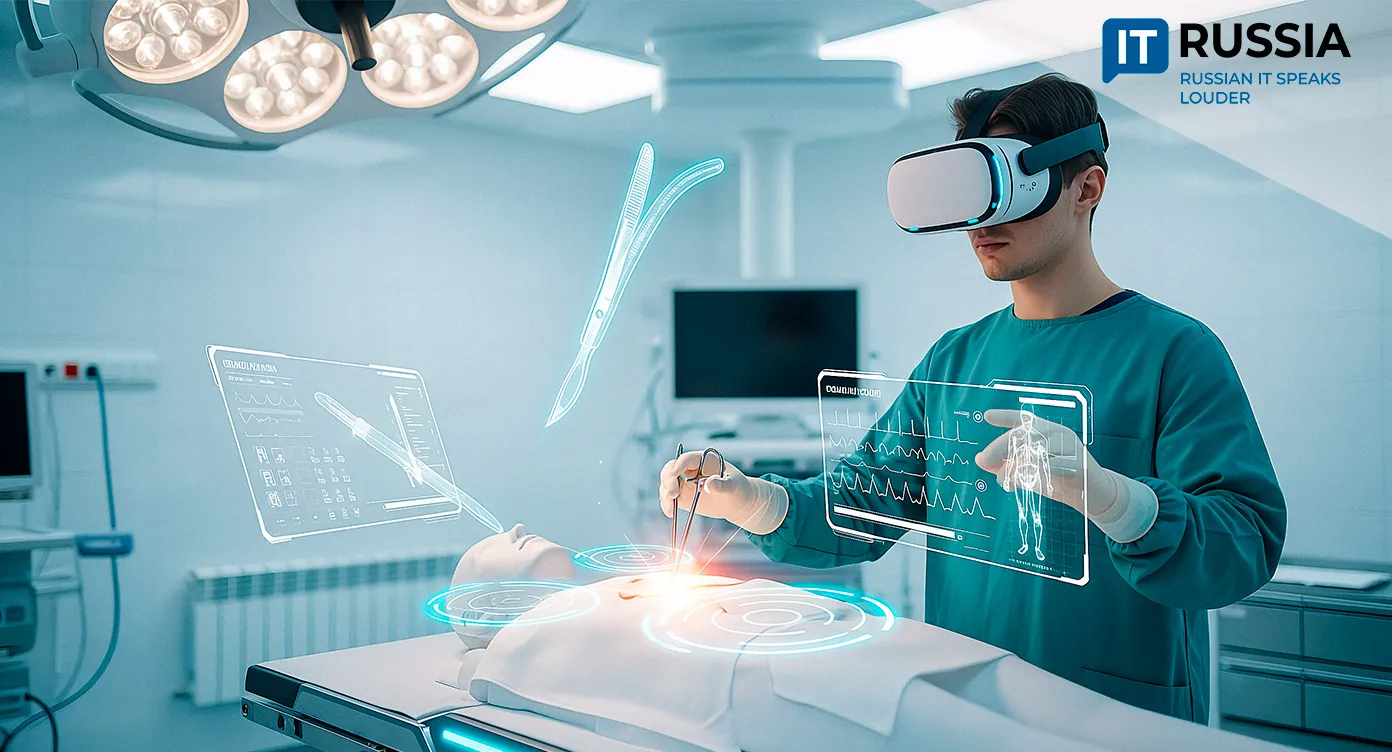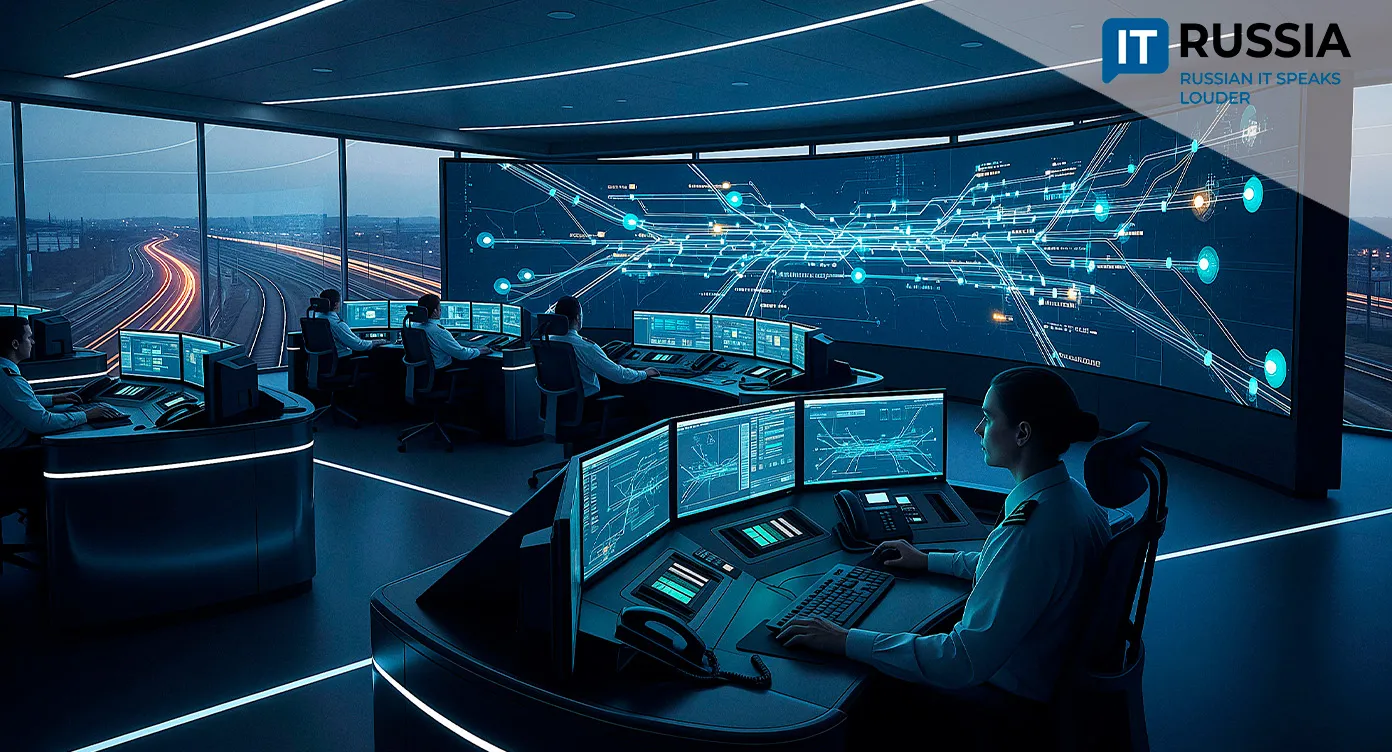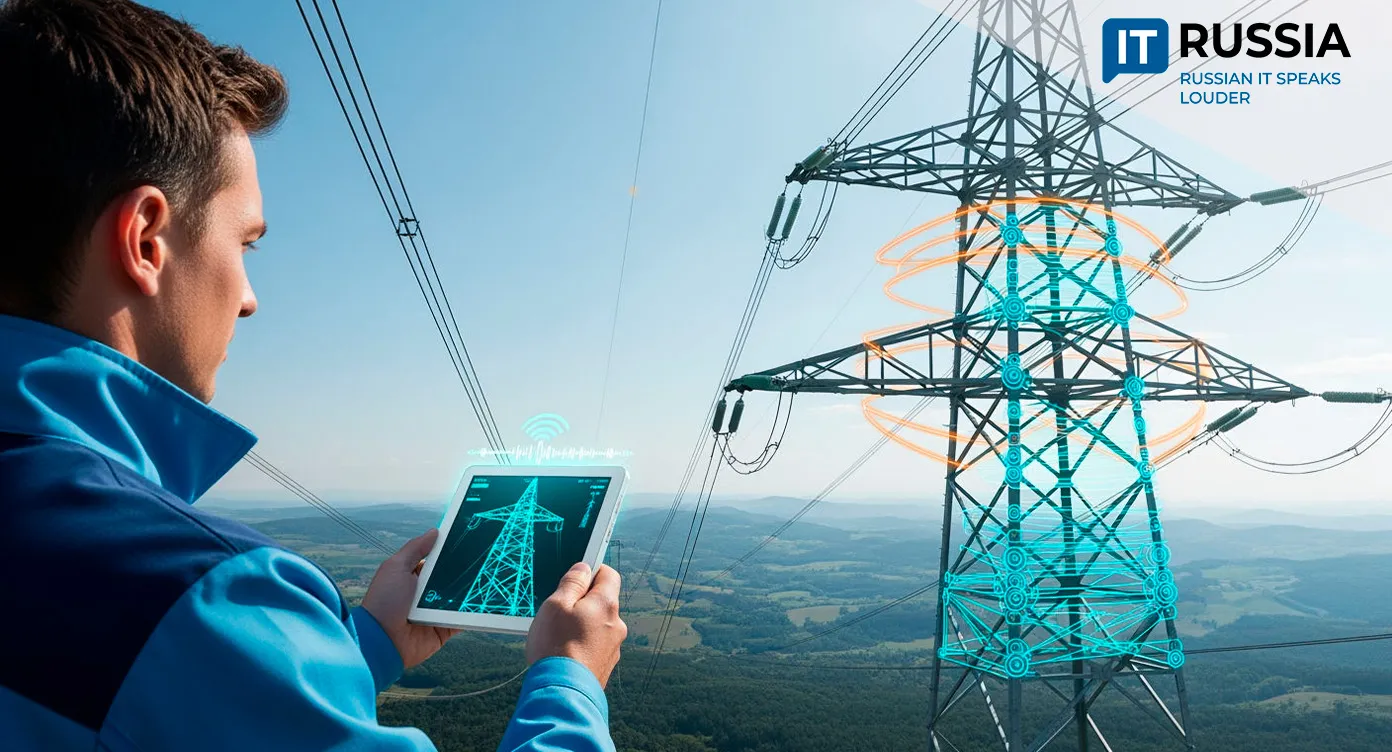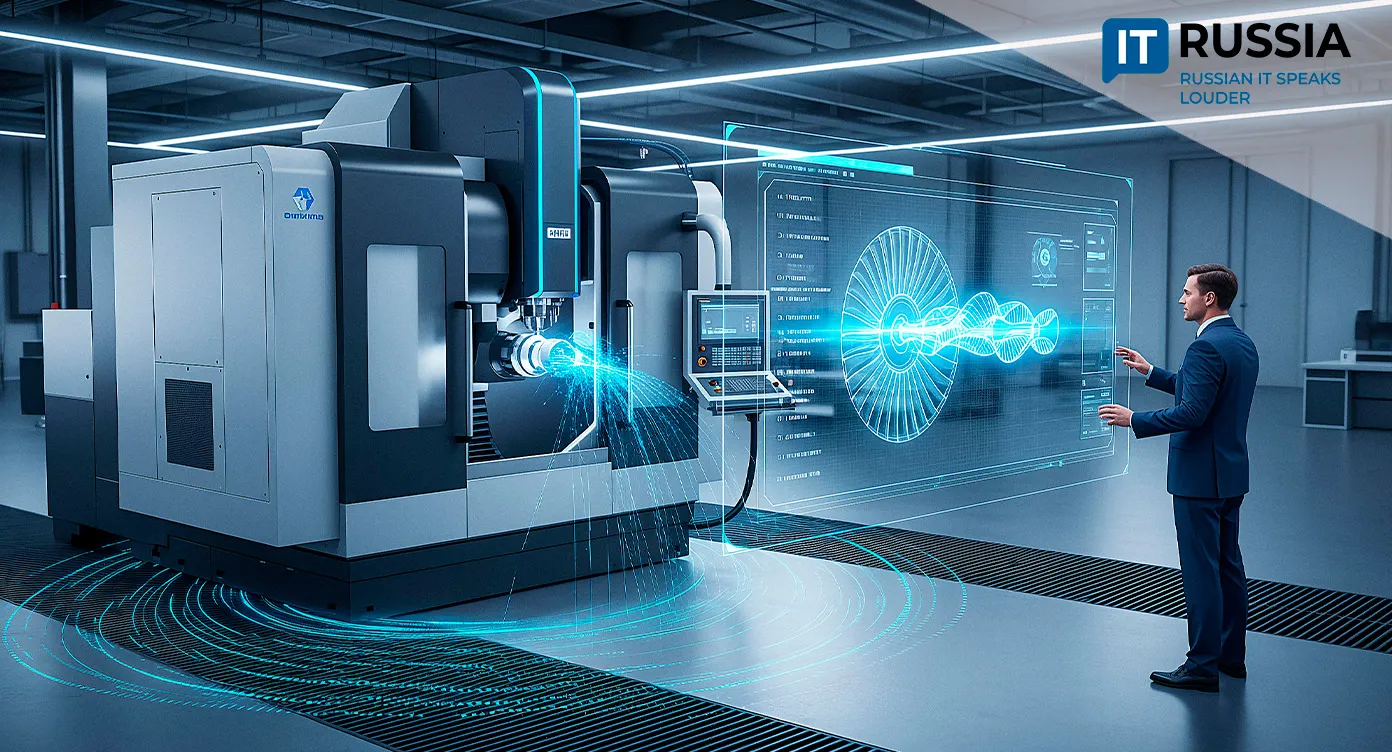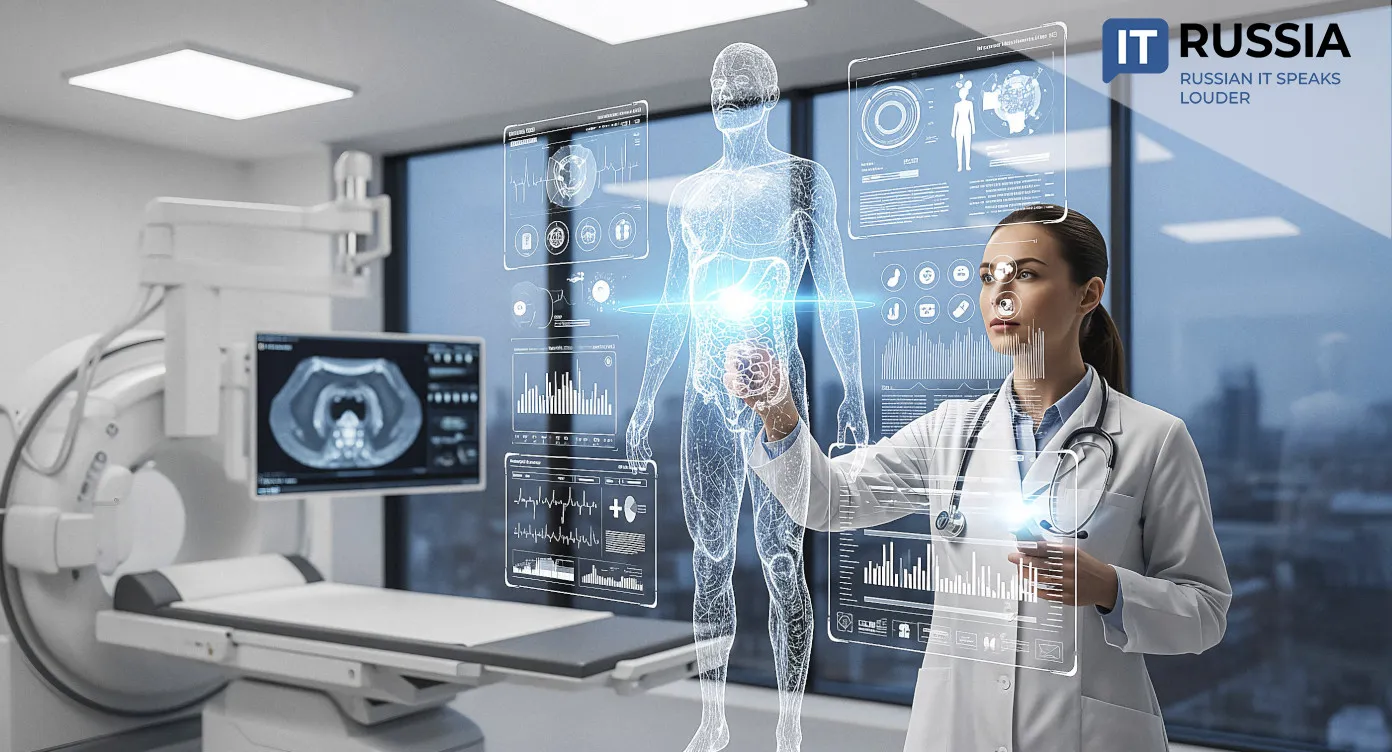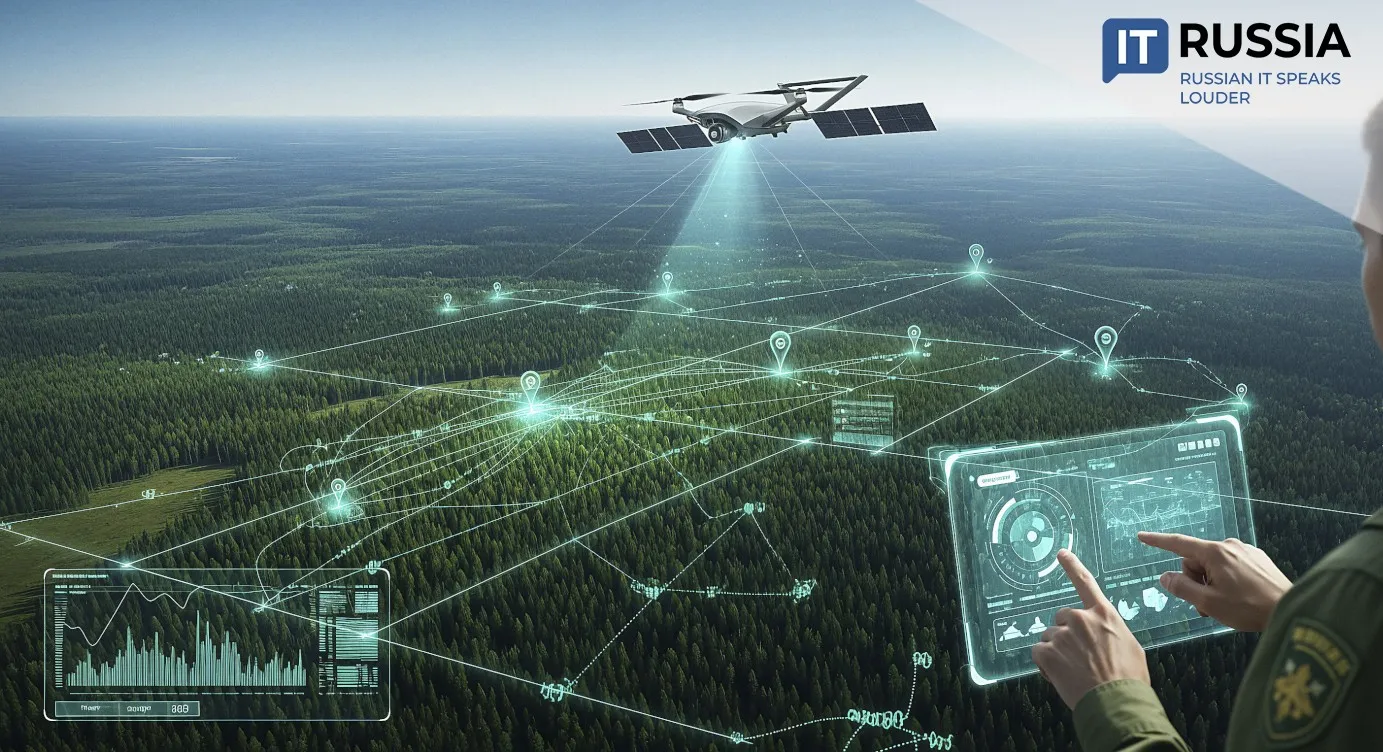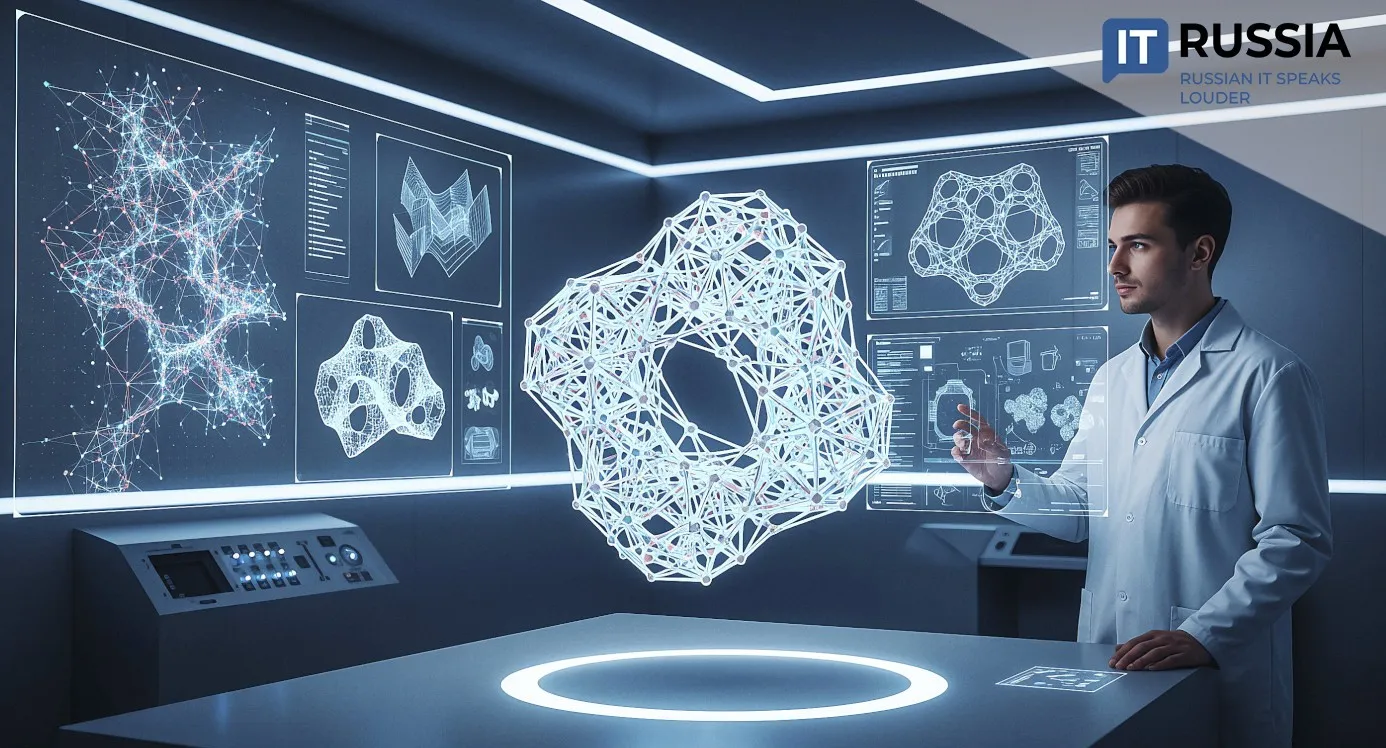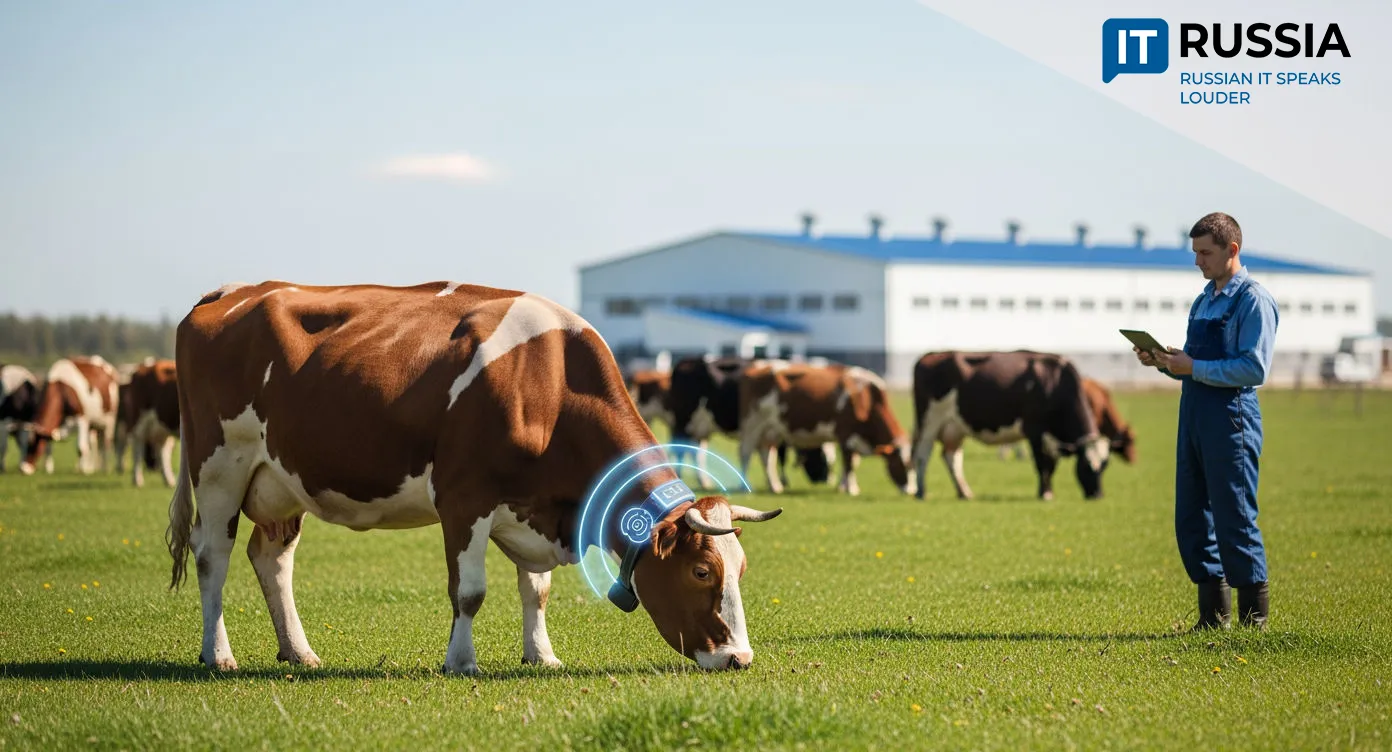The Driverless Future of “Lastochka”
For the first time worldwide, Russia’s “Lastochka” electric train has successfully completed a full testing cycle at the fourth level of autonomy without a driver, relying solely on artificial intelligence, computer vision, and domestically produced equipment.
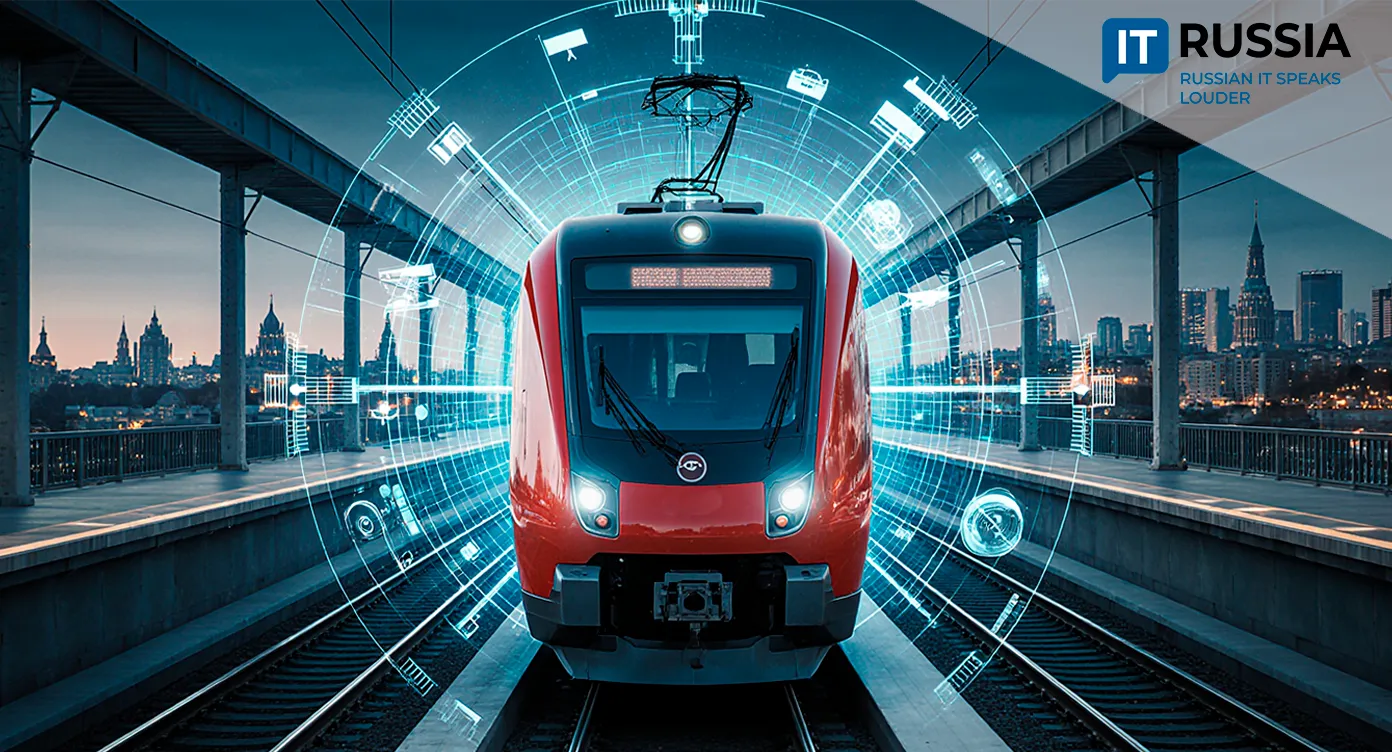
Breakthrough in Intelligent Transport Systems
Demonstration trials of the fully autonomous “Lastochka,” operating at GoA4 on the Moscow Central Circle (MCC), mark a new stage in Russian railway technology. The train performs all functions without a driver in the cab, relying on a sophisticated vision system that integrates LiDARs, optical cameras of various ranges, and thermal imagers. A remote control and monitoring center enables operators at automated workstations to oversee passenger transport in real time.
The maturity of the project is confirmed by impressive results: since August 2024, a “Lastochka” at GoA3 has carried passengers on the MCC, covering more than 80,000 kilometers without incidents. The system recognizes obstacles up to 600 meters away, automatically triggers warning signals, and makes emergency braking decisions when needed.
What distinguishes the Russian project is full independence from foreign suppliers. All driverless operation equipment was developed by domestic enterprises—critical under the conditions of technology sanctions.
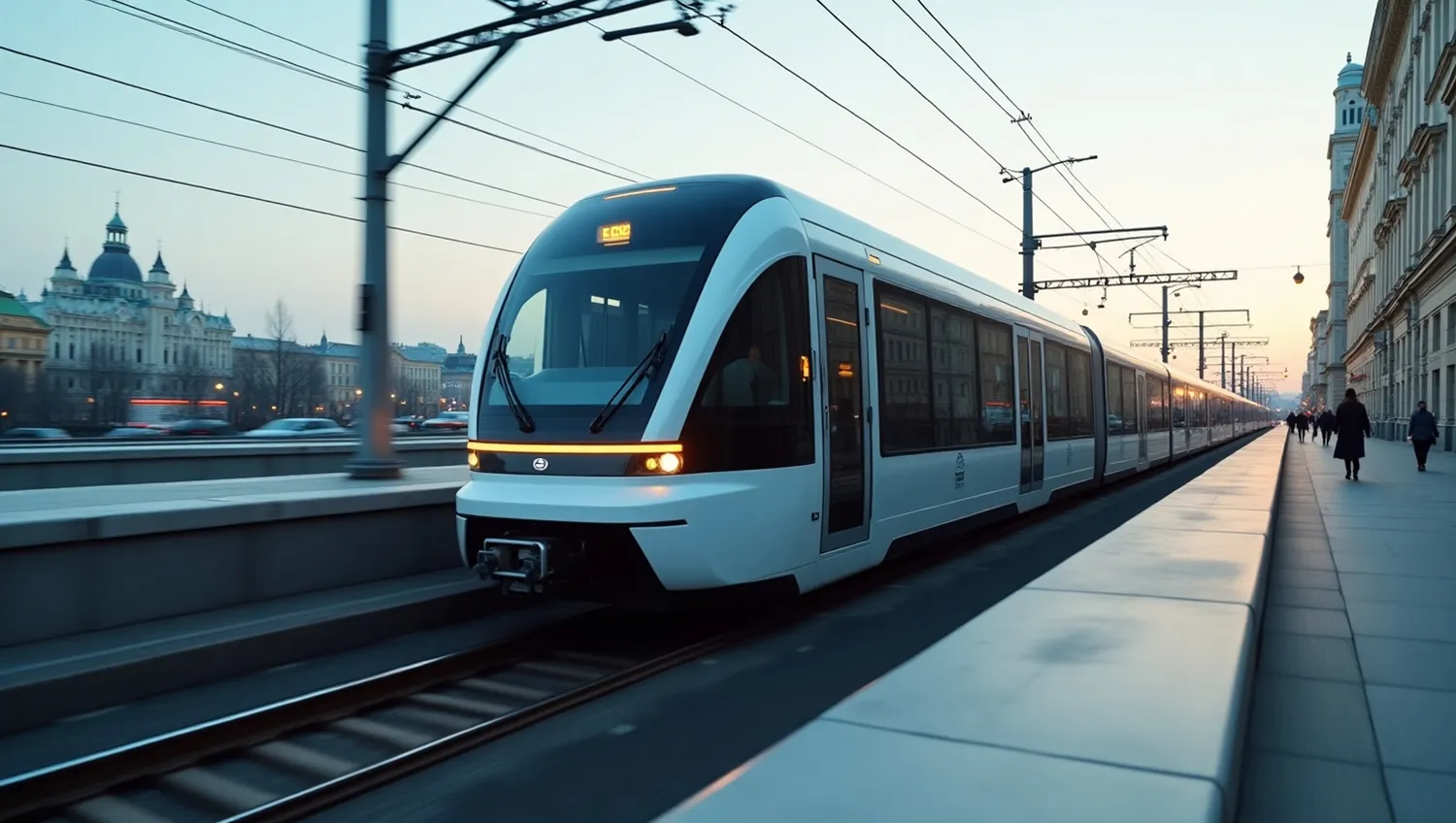
Strategic Prospects
Russia’s plans for scaling its autonomous rail technologies are both ambitious and realistic. Russian Railways (RZD) has officially announced the launch of a fully driverless “Lastochka” GoA4 on the MCC in 2026, paving the way for deployment on other routes and rolling stock types.
Export potential lies in creating a turnkey solution combining the train, infrastructure, and control center. The development of a fully Russian train on the Finista platform minimizes sanctions risks and increases competitiveness in global markets.
The broader rollout of autonomous mobility in Russia is happening across different modes of urban transport. Alongside rail projects, Moscow began regular passenger service on its first fully driverless tram (Route 10) in September 2025. By 2030, over 300 trams—two-thirds of the city’s fleet—are expected to be autonomous. Such scale creates the critical mass needed to refine technologies and develop expertise that will support successful exports.

Competitive Positioning
Russia’s achievements in autonomous rail transport are unfolding in a context of active international competition. Germany pioneered automated trains in mixed traffic: in 2021, DB and Siemens introduced the first automatic S-Bahn train in Hamburg with ATO over ETCS. In 2025, S-Bahn Hamburg signed a contract with Alstom to equip 82 BR 490 trains with ETCS and ATO systems worth more than €60 million (about $63 million).
China is advancing even faster. In 2025, Guangzhou launched a GoA4 fully automated metro line, while CRRC unveiled carbon-fiber driverless trains that cut energy consumption by 15%.
Russia’s approach emphasizes open rail infrastructure, which is significantly more complex than closed metro systems. The MCC is a unique testing ground for autonomous operations in an urban rail network with numerous intersections, crossings, and potential obstacles. Beyond the trains themselves, infrastructure for remote control centers, operator teams, and rapid-response crews is being developed. On the MCC, four response teams are already in place, each able to reach a train within 10 minutes if needed.
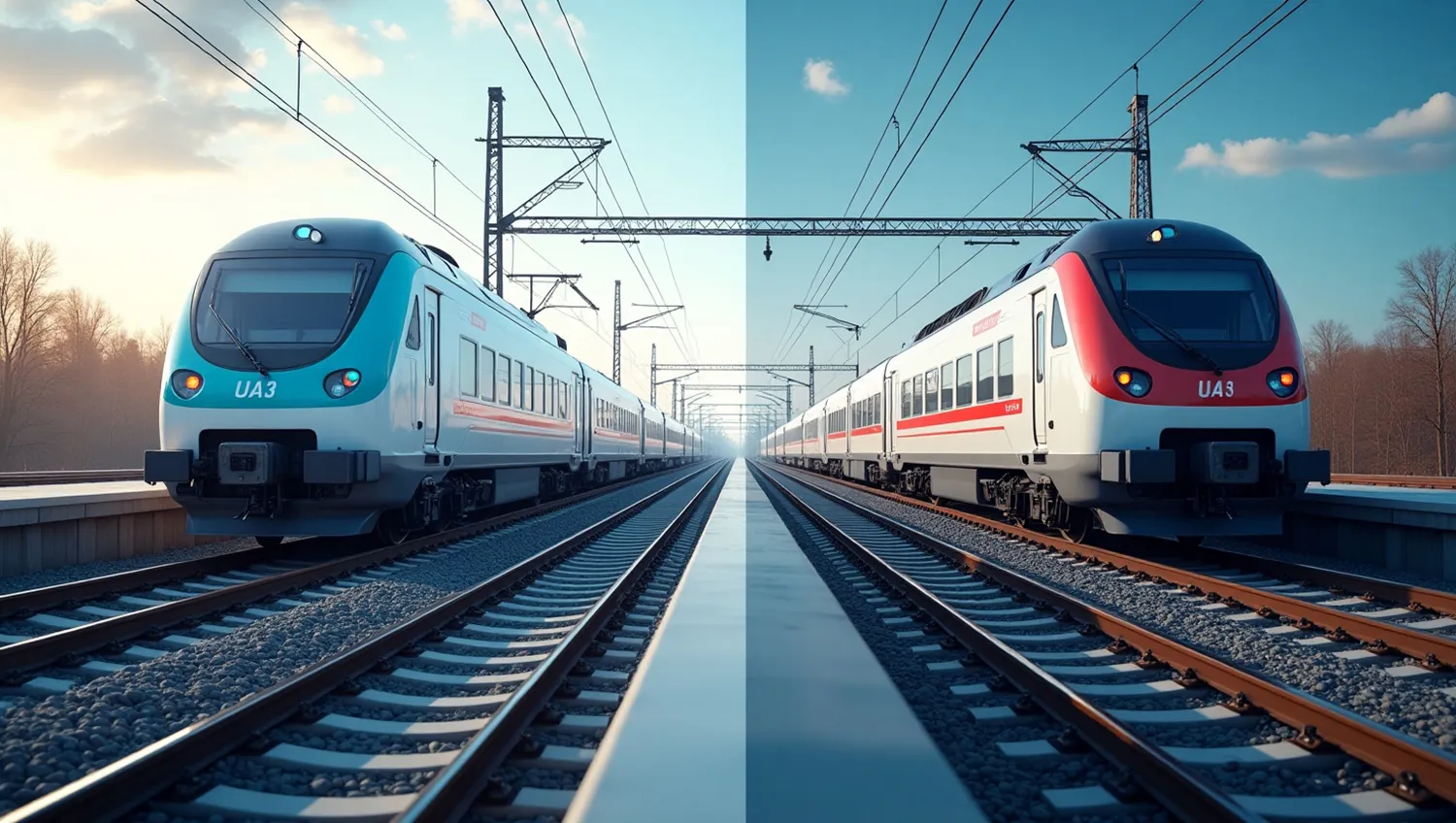
Technological Leadership
The GoA4 demonstration of the “Lastochka” marks a new phase in Russia’s rail development. The planned start of passenger service in 2026 will set a precedent for scaling the technology nationwide.
In the next one to three years, certification of GoA4 systems is expected, with initial rollouts on locomotives and specific routes, alongside infrastructure upgrades and dedicated teams. Over the following three to five years, expansion is planned to additional Moscow agglomeration diameters and the first export pilots in friendly markets.
The project carries strategic significance beyond transport. Building autonomous rail technologies fosters competencies in artificial intelligence, machine vision, and robotics—essential for national technological sovereignty. Successful commercialization could lay the foundation for a new Russian export industry.
Integration with autonomous freight transport offers transformative potential for logistics chains. According to forecasts from the Ministry of Transport, driverless rail technologies may be adopted before 2030, starting with freight and later moving to long-distance passenger routes.





